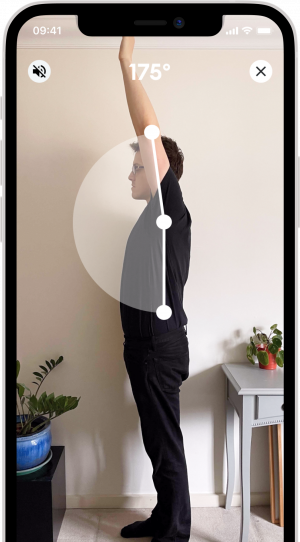What is arthroscopic rotator cuff repair?
An arthroscopic rotator cuff repair is shoulder “key-hole” surgery that has a six month rehabilitation period.
The aim of the operation is to repair the torn rotator cuff tendon to the part of the bone from which it has become detached.
What Are the Symptoms of a Rotator Cuff Tear or Injury?
- Immediate pain: An isolated injury causes an acute rotator cuff tear. You will likely be able to pinpoint the exact injury because it will involve a quick, sharp pain in the shoulder. Heavy lifting and falls are common causes of an acute tear.
- Persistent pain: In cases of rotator cuff tears that happen as a result of overuse, you likely won’t be able to isolate one incident that started the pain. Instead, you will probably notice a gradually worsening dull ache in your shoulder, worst on overhead motions of the shoulder like reaching for something on a high closet shelf.
- Pain while lying down: Whether acute or the result of repetitive motion, most rotator cuff injuries come with pain while lying down on the affected shoulder. You may notice this pain while you are trying to fall asleep.
- Weakness and restricted range of motion: Weakness in the affected arm is another of the common torn rotator cuff symptoms. Injury to the rotator cuff can make it difficult to move your arm in different positions. These muscles and tendons play a significant role in allowing you to move your arms above your head. If you have this type of injury, you may find it difficult to perform simple tasks that involve lifting and rotating the affected arm.
What to expect after arthroscopic surgery?
Full recovery usually takes 4 – 6 months.
Phase 1
No movement except exercises. You will be restricted to using your opposite hand immediately after your operation for three to five weeks. This will affect your ability to do everyday activities including dressing, bathing, shopping, eating and preparing meals.
Phase 2
This starts when you have been given the go-ahead by the hospital doctors or physiotherapist to start to regain muscle control and movement. You can now start using your shoulder for daily activities. To start with, these will be at waist level, but you can gradually return to light tasks with your arm away from your body.
Phase 3
After 12 weeks, you will be able to increase your activities, using your arm away from your body for heavier tasks. The exercises now have an emphasis on regaining strength and getting the maximum movement from your shoulder. This can be frightening at first but your movements will; gradually become easier and less painful.
Measure and track your
range of motion from home.



